Firsts in Robotic Procedures
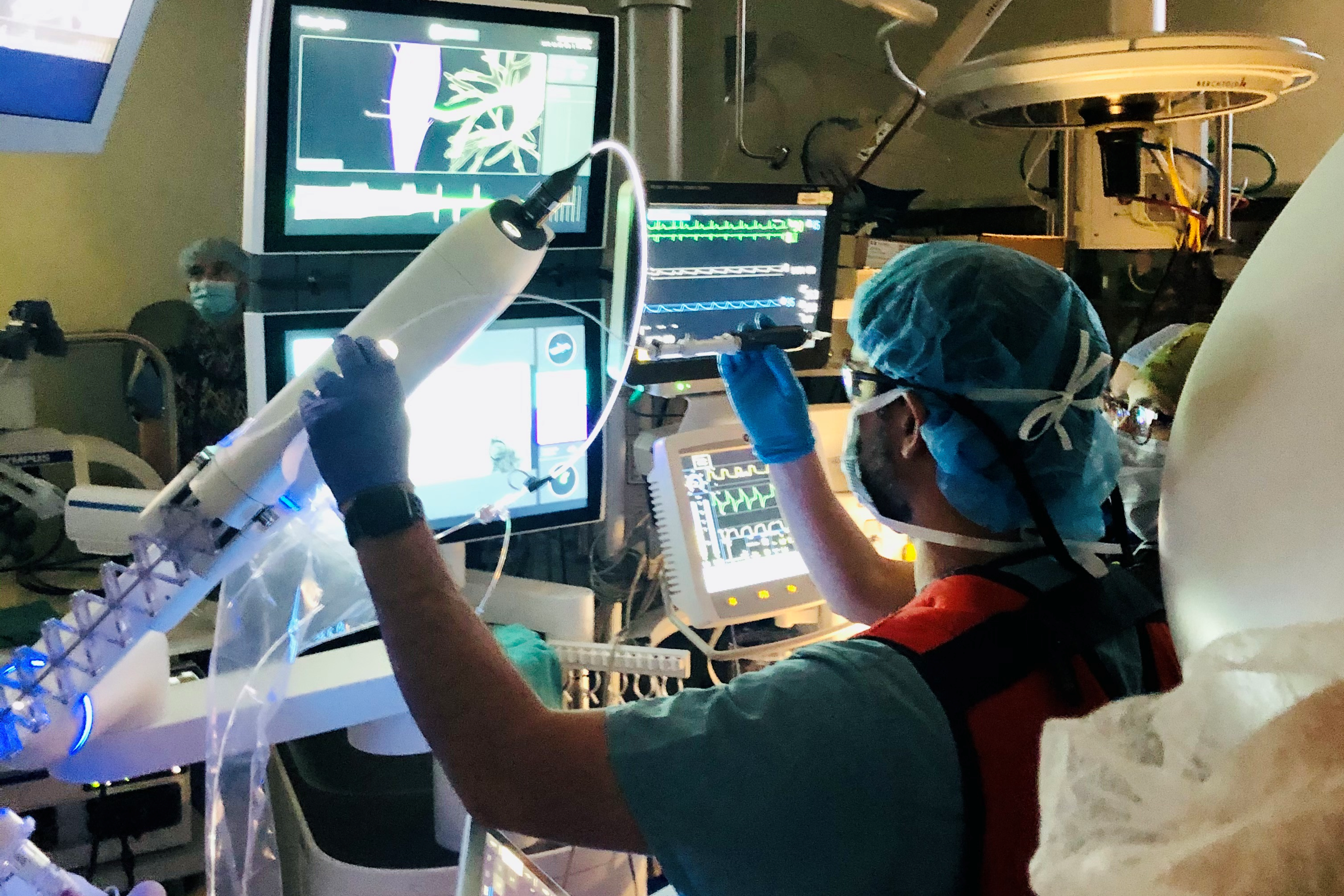
On March 9, 2021, Dr. Manu Sancheti ’02 performed the first robotic bronchoscopy in the state of Georgia, marking a groundbreaking moment for robotic surgeries and procedures in the Southeast. Over the past five years, Sancheti has performed an increasing number of robotic surgeries.
“I’m one of the busiest robotic thoracic surgeons in the Southeast,” says Sancheti, who serves as chief of general thoracic surgery for Emory St. Joseph’s Hospital and director of robotic thoracic surgery for Emory Healthcare.
 Since completing his residency in cardiothoracic surgery at Emory in 2014, Sancheti began developing his expertise in robotic thoracic surgeries, which most often focus on treating lung and esophageal cancer and other chest tumors. He spends most of his time at Emory St. Joseph’s, the system’s hospital at the north edge of Atlanta, though he does spend time across Emory’s different healthcare centers.
Since completing his residency in cardiothoracic surgery at Emory in 2014, Sancheti began developing his expertise in robotic thoracic surgeries, which most often focus on treating lung and esophageal cancer and other chest tumors. He spends most of his time at Emory St. Joseph’s, the system’s hospital at the north edge of Atlanta, though he does spend time across Emory’s different healthcare centers.
Sancheti describes the robotic procedures as “an extension of the surgeon’s hands.” Despite any assumptions that come with robotic technology, the Da Vinci surgical system – which he has used for more than 600 procedures – works under complete control of the surgeon and serves to make procedures more precise.
“As time has gone on, the market share has significantly increased in using robotic assistance for surgery, primarily because it allows the surgeries to be done in a minimally invasive manner with smaller incisions and quicker recovery,” he says. “It allows surgery to be done with improved visualization and dexterity with a 3D high-resolution camera and advanced instrumentation.”
Sancheti was first exposed to this type of technology at St. Luke’s Roosevelt Hospital in New York City, where he completed his general surgery residency following his graduation from the UAB School of Medicine in 2006. Now, he estimates more than 90 percent of his surgeries use robotic assistance, which has expanded this year to include robotic bronchoscopies.
As a surgeon often treating cancer patients, the robotic bronchoscopy procedure allows Sancheti to find a diagnosis quickly, sometimes allowing treatment to begin immediately after diagnosis. If he performs a robotic bronchoscopy and identifies lung cancer, Sancheti could potentially – in the same anesthesia setting – use the robotic surgical system to remove the tumor.
“With improved visualization, we can be more accurate in identifying lung tumors and cancers, speeding up diagnosis and recovery significantly,” he says. “When it comes to the prognosis of cancer, obviously finding them earlier and getting them surgically removed earlier is going to be a better situation.”
Tying the two robotic systems together creates the opportunity to combine diagnosis with treatment – Sancheti believes this is one of the most important aspects of the technology. As an associate professor of surgery for Emory’s School of Medicine, he often teaches surgeons and surgery residents from all over the country about the technology and its potential for medicine.
As director of robotic thoracic surgery, Sancheti also leads the growth of robotic thoracic procedures with all of Emory Healthcare’s hospitals and campuses. Looking back to his time at BSC, he sees his current roles as a successful result of his undergraduate goals to go into medicine and to serve others through healthcare.
“BSC was vital in cementing that path for me and facilitating the appropriate precursors in order to take my MCATs, get into med school, and prepare for medical education, especially since I did four years of med school and eight years of residency afterwards,” Sancheti says. “The rigorous academics at BSC really sets you up for success.”
 This story was included in a special health careers edition of From the Hilltop, Birmingham-Southern’s alumni email newsletter.
This story was included in a special health careers edition of From the Hilltop, Birmingham-Southern’s alumni email newsletter.
You can email [email protected] to get in touch with the Office of Alumni Engagement, learn about upcoming opportunities and events, and tell us more about you.
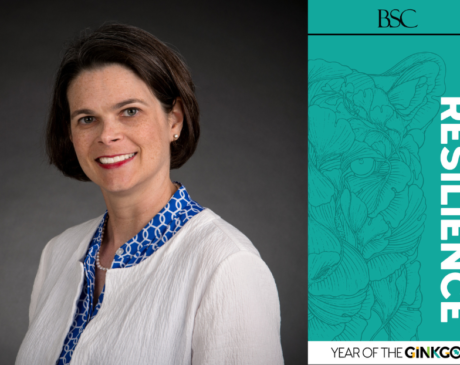
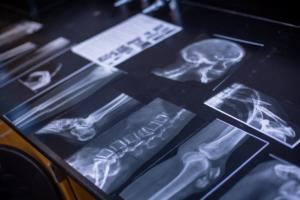
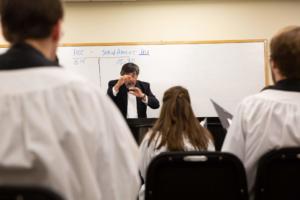
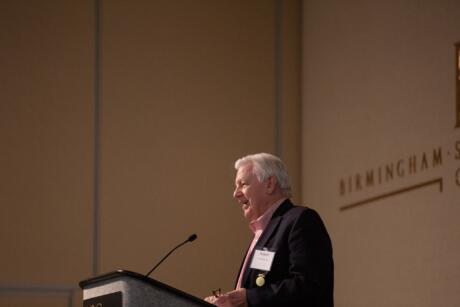
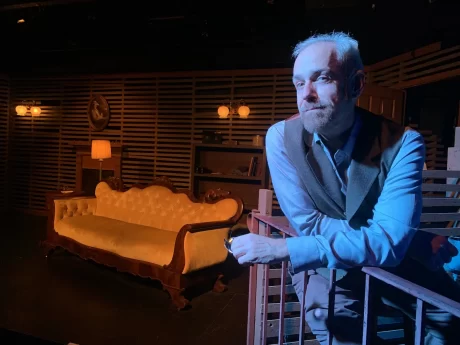
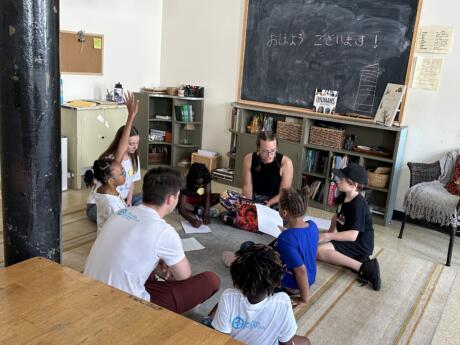
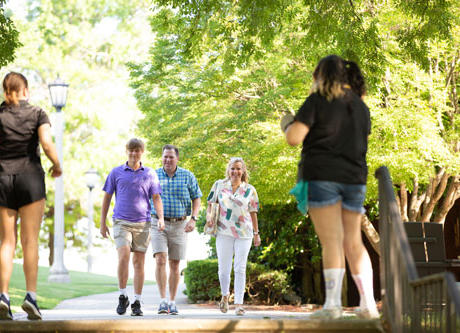
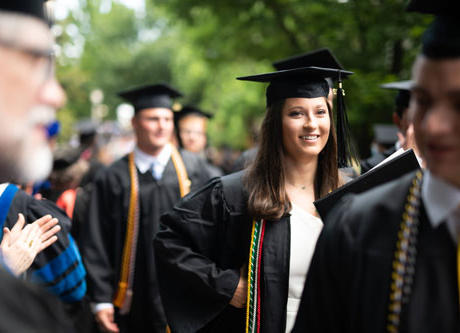
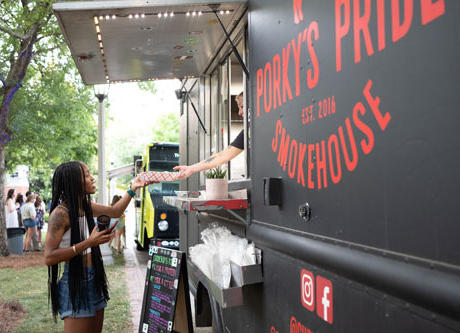
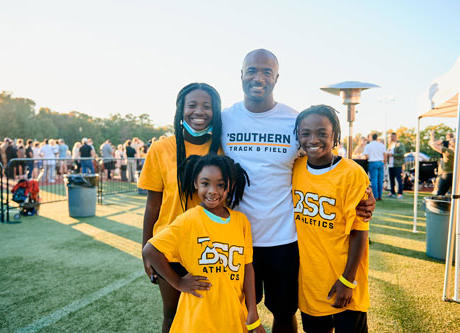
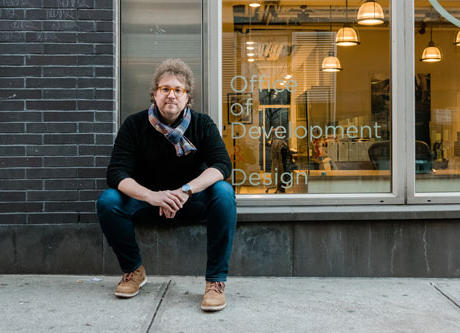
// Comments are closed //